New patients receive a comprehensive examination which includes a screening for oral cancer, gum and bone disease, a review of medical history, and a clinical and radiographic examination of all the teeth. A recall oral exam is performed on established patients to determine any changes in dental and health status since the previous visit.
To determine gingival (gum) health the dentist may measure your gum tissue with a fine instrument ruler to calibrate in millimeters pocket depth between the tooth and the connective gum tissue around the tooth. Pocket depths more than 4 millimeters could indicate disease and infection. The deeper the pocket, the greater the extent plaque bacteria collects and infection in gum disease develop.
Oral Cancer Screening
During every dental checkup, a dentist will visually check and feel around for any signs of oral cancer. We check for signs of visible lesions inside the mouth and gently feel around the jaw for any lumps or swelling that may be present. Many early signs of oral cancer can go unnoticed by people as they go about their daily lives but we want to make sure that your overall oral health is in as best condition as possible when you see us for a dental checkup.
Removal of Tartar (calculus) by a Dental Hygienist
Tartar is plaque that has had time to harden and is that white (sometimes yellow) substance found at the base of the tooth it can be above the gumline or below the gumline. Sometimes, tartar is so dense and thick it can be seen on a radiograph. Tartar is not removed with standard brushing and flossing—it is too hard and stuck to the teeth. It is very irritating to the gums. Removing these hard tartar deposits requires an appointment with a dental hygienist.
Digital X-Rays
It is recommended to have a full set of dental radiographs (x-rays) taken every 3 to 5 years—this is often a part of a new patient dental examination The four radiographs to look in between the back teeth are taken each year during a regular dental checkup. Dental x-rays will expose any problems that might be currently present and can be used to prevent problems that may occur in the near future. Tooth roots, jaw bone and sinuses are all visible with radiographs which allow us to detect problems with the bone surrounding teeth and even allow us to see teeth that have not erupted such as permanent teeth in children or wisdom teeth in adults.
Safer, Digital Radiographs
At Family Dental Group, we use digital radiographs which reduce the amount of x-ray exposure by 90% compared to film radiographs. Also the dentists at Family Dental Group will customize the number and frequency of a patient’s radiographs based on their amount of dental problems.
Protect Your Teeth With Fluoride
For children between the ages of 6 and 16, we will generally incorporate a fluoride treatment to help strengthen tooth enamel that can prevent cavities. Fluoride treatments are also beneficial for adults.
Request an appointment and talk to us more about fluoride treatments and see if your teeth can benefit from fluoride.
Tooth Polishing
Rough tooth surfaces are exactly what plaque loves to grab hold of and start hardening into harmful tartar. After your teeth have been thoroughly cleaned, we will use a special tooth polishing tool and a flavored polishing compound to polish your pearly whites. Tooth polishing effectively smooths tooth surfaces making it difficult for plaque to grab on to. After tooth polishing, you will be able to tell a difference with how smooth your teeth feel, as well as visibly see that they’re looking their best.
Digital Panoramic X-Rays
At Family Dental Group we have digital panoramic radiographs. This type of radiograph allows patients to see a complete detailed image of the entire mouth including the teeth, jaw (upper and lower), sinuses, and temporomandibular joint (TMJ). This radiograph is very important for children and young adults to visualize unerupted teeth.
Intra-Oral Camera
We provide our patients with an intra-oral video examination. This allows both the dentist and the patient to see the condition of the mouth at the same time. The patient and the dentist can then discuss treatment options together.
Isolite
Isolite is the only dental device that delivers continuous illumination, aspiration and retraction all in one easy-to-use, time-saving device that makes isolation easy and provides uninterrupted access to your mouth. Isolite helps your dentist work safer, faster, brighter and drier.
Xylitol
Xylitol is a naturally occurring sugar. The dental benefits of using Xylitol to prevent caries were first recognized and published in 1975. Xylitol is available in many forms such as gums, mints, chewable lozenges, toothpastes, etc. Xylitol is a sugar that the cavity causing bacteria in our mouths cannot use. Sooooo it can sweeten foods without contributing to tooth decay. Xylitol also helps prevent cavity causing plaque from forming on your teeth! If you tend to get cavities often, we recommend that you consult with your dentist about Xylitol and its benefits towards your oral health.
Sterilization
We use a powerful autoclave to sterilize equipment and dental instruments. This helps to safeguard against germs and contamination.
Distilled Water
We use distilled water rather than tap water to help safeguard against germs and contamination.

